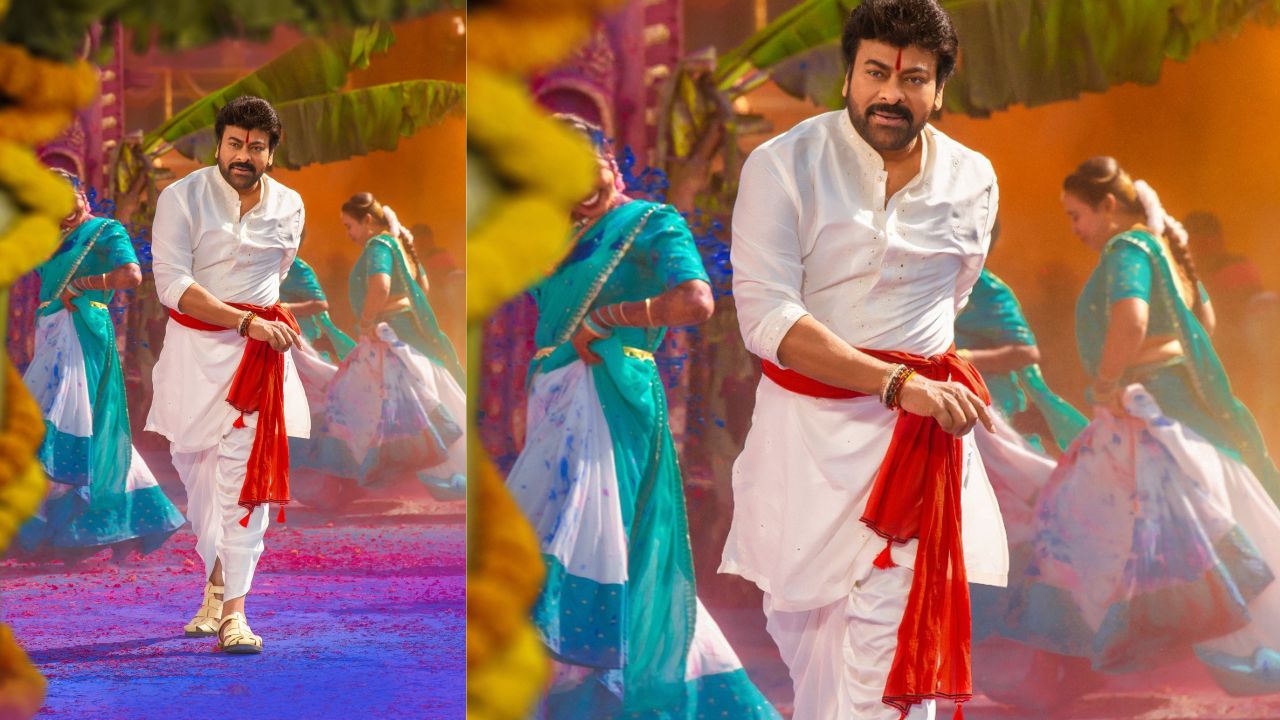
T20 and the shrinking role of captains in white-ball cricket
7 months ago | 70 Views
It’s no secret that T20 cricket is responsible for the sorry decline of Test cricket and its glorious traditions. And as white ball defeats red, another change is taking place – the role of the captain is rapidly shrinking.
Traditionally, the captain called the shots. He decided ‘team culture’ and match strategy and had a major say in team selection.
The captain’s position as ‘first among equals’ was not an accident, his special status was fundamental to cricket. Unlike other team sports (hockey or football) where he does little, the cricket captain was powerful because he ran the game and made real time on-field decisions.
Cricket has had legendary skippers known for smart tactics and leadership skills. Ian Chappell, Imran Khan, Sourav Ganguly, MS Dhoni and Virat Kohli were dominating figures nobody messed with.
Sadly, those days are gone. In the shorter format, the captain is not the main lead anymore. Instead, with some exceptions, he is almost a glorified junior artist. Earlier, he was the one who took cricketing calls. Now he is part of a collective, chaotic leadership group and his primary job is to toss the coin and announce the playing eleven.
If it is lonely at the top, this isn’t true in white-ball cricket. Here, the summit is crowded and the captain has lots of unwanted company. Franchise cricket has created multiple power centres and all of them encroach on the turf the captain once bossed.
In the T20 leagues, the captain has to submit to the powerful presence of the team owner, a development that disturbs the power balance. Some owners like Shah Rukh Khan embrace and empower captains; others do not hesitate to publicly humiliate them in front of television cameras. Given IPL’s construct, the owner will have a say because he/she has invested serious money into a startup and will scream if the balance sheet shows red. That is a fact of life, and business.
But the owner is not alone in queering the pitch. Causing constant headache to the captain is an army of other trouble-makers – head coach, sundry support staff, and the new go-to person, data analyst. All of them tell the captain what to do, feeding him with all manner of information and insight.
If this wasn’t bad enough, making matters worse is the team mentor, the elephant in the room. His role is undefined and vague but it is clear he is the one who pushes the buttons.
Downsizing the captain – from king to commoner – is bad because it undermines cricket’s core and reduces its charm. Part of cricket’s appeal is to see the captain responding to challenges as play unfolds. For him to become a puppet, looking at the dugout for instructions, is not a pleasant sight.
The head coach and mentor have a large say in selecting the team and the data analyst contributes towards strategy. He suggests field positions; bowling changes are determined by ‘match ups’ and everyone is convinced that off-spinners should only bowl to left-handed batters. With data playing a big role there is little space for original ideas. Instead of out-of-the-box thinking, the captain is now boxed in from all sides.
Ajay Jadeja, a sharp observer, is unhappy about downsizing the captain. How will he function, he asks, when the captain is not allowed to think and is confused by too much opinion. Jadeja’s point: the captain is not a bad student who needs tutors and tuitions to pass an exam.
With teams blindly appointing a large support staff even at junior level, Jadeja sees a bigger danger ahead. With many coaches to hold his hand, the young captain is not allowed to make mistakes and learn. Someone else controlling the remote is good for switching on television channels, but not for cricket. If this continues, we will have players coming into first-class cricket not trained or ready to captain a team.
While this is a real concern, in red-ball cricket the captain will retain his authority. With play spread over 90 overs each day it’s impossible to control the game from outside, and not everything can be anticipated in the dressing room. Also, compared to T20 cricket where the captain has limited freedom – given restrictions on overs, fielders, etc., – the canvas in a ‘days’ game is vast.
Cricket has changed in the last few years – the quality of play is better, the skill levels are higher and T20’s fast-paced action appeals to young fans.
But the change we don’t want is captains weighed down by non-playing captains.
HOW DID YOU LIKE THIS ARTICLE? CHOOSE YOUR EMOTICON !
#




















